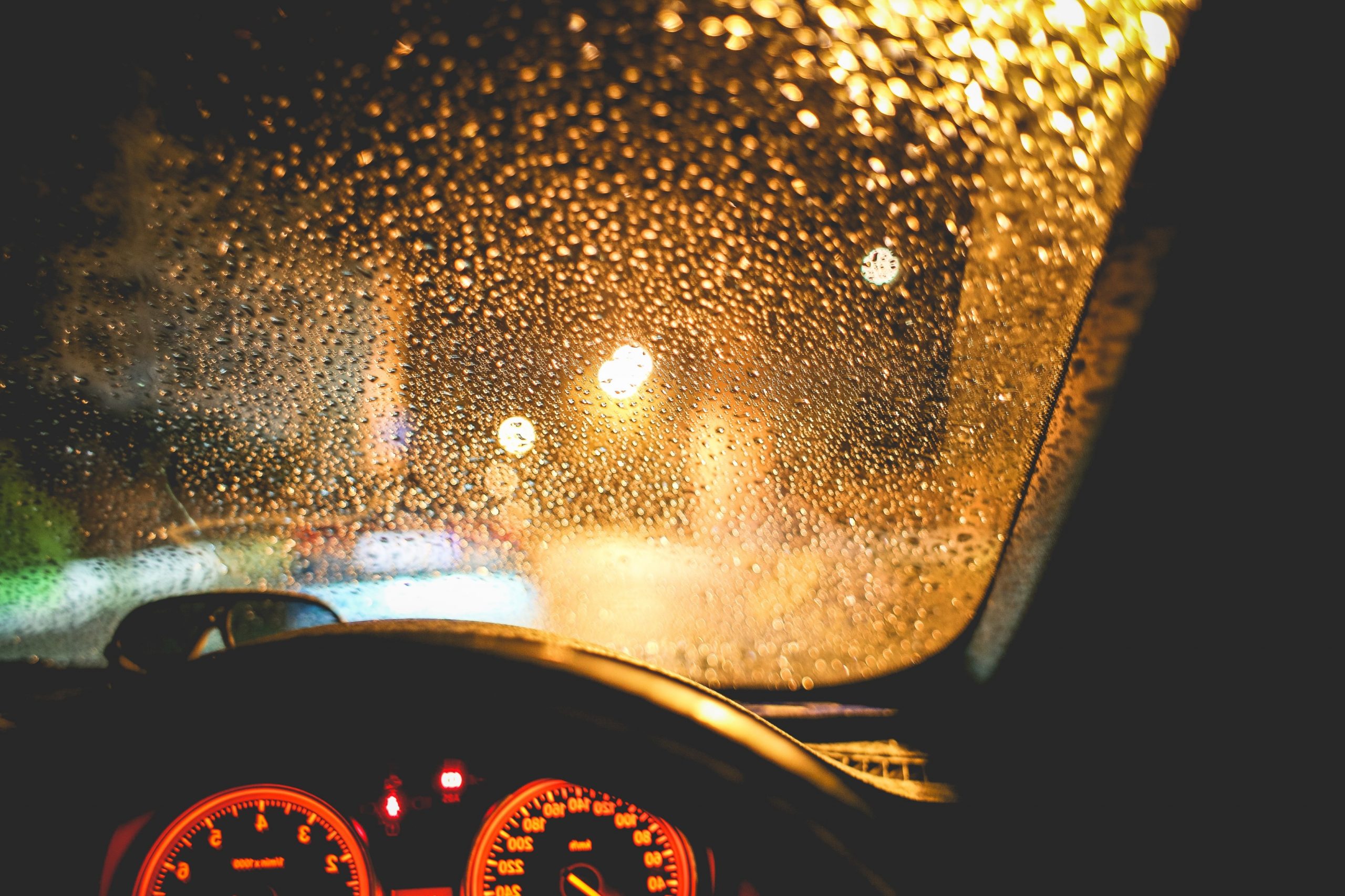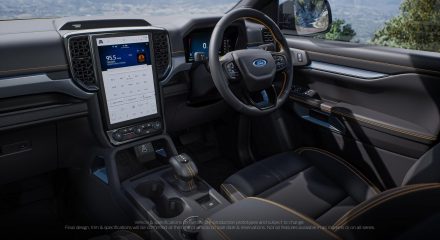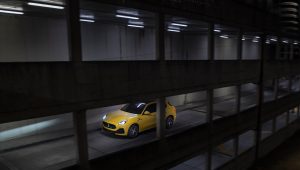Tips for driving in severe weather conditions

Southern Africa often faces severe weather conditions, from mild rain to flooding. It’s best to not be out on the road during these periods.
If you cannot, avoid low-lying bridges, areas prone to flash floods or large pools of water in the road. The managing director of MasterDrive, Eugene Herbert, says if you will be on the roads, keep these tips in mind.
Driving in rain
– Aquaplaning is one of the biggest risks in rainy weather. Reduced speed is the best way to reduce the chances of this.
– If you hydroplane, slowly lift your foot from the accelerator but do not brake harshly or move your steering wheel violently.
– You also need to adjust your speed to conditions. For example, if other vehicles reduce their speed, reduce your speed as well.
– Leave larger following distances so that you have more time to respond if something goes wrong.
– Give yourself more time to stop or to go around corners.
– If you start to skid, don’t slam on the brakes. Continue steering in the direction you want to go and do not make any harsh adjustments.
– Turn on your headlights.
– If the downpour becomes extreme and there is a safe place to pull over, rather do so.

Pools of water:
– Estimate the depth of the water. Avoid driving through water that comes to the middle of your tyre or higher.
– Most drivers risk driving through a pool of water but roads that collect water are more vulnerable to collapse and it is easy to underestimate their depth.
– Where possible, drive in the middle of a road where the water is at its lowest.
– Be prepared for off spray from passing cars which can be blinding.
Fast-flowing water
– Never drive through fast-flowing water, it is very difficult to judge its depth.
– Even trucks can be swept away in the right circumstances.
– If you are caught in fast-flowing water unexpectedly, drive slowly and steadily through while in first or second gear.
– Once you are through the water, lightly touch your brake a few times to dry them off.
– If you stall and you are not in danger of being swept away, do not restart your car. Rather get a mechanic to check no water has made its way into the engine.
When caught in an unexpected flash flood
– If you do feel your car losing grip with the road, open the door to let some of the water in which can help to weigh the car down and allow the tyres to grip the road again
– If you are in danger of being swept away, abandon the vehicle but only if you can get to a place of safety.
– Be overcautious. Rather be safe than sorry.
Picture/s: Supplied







